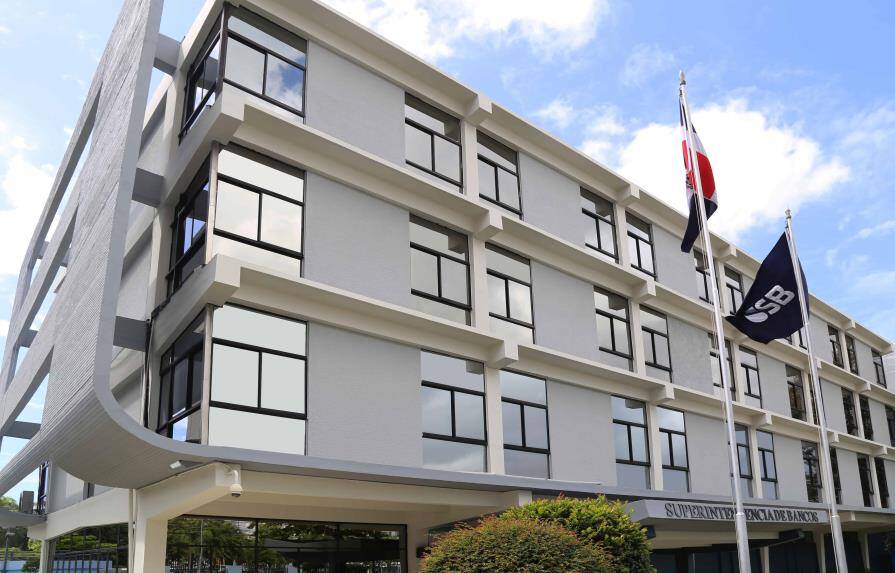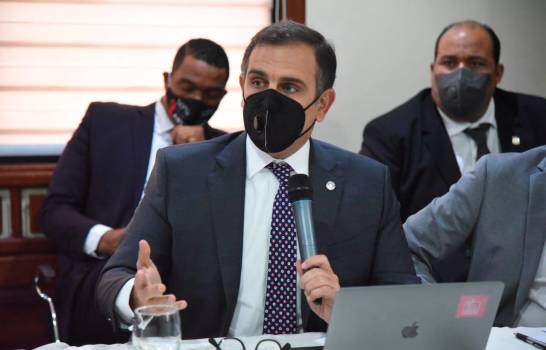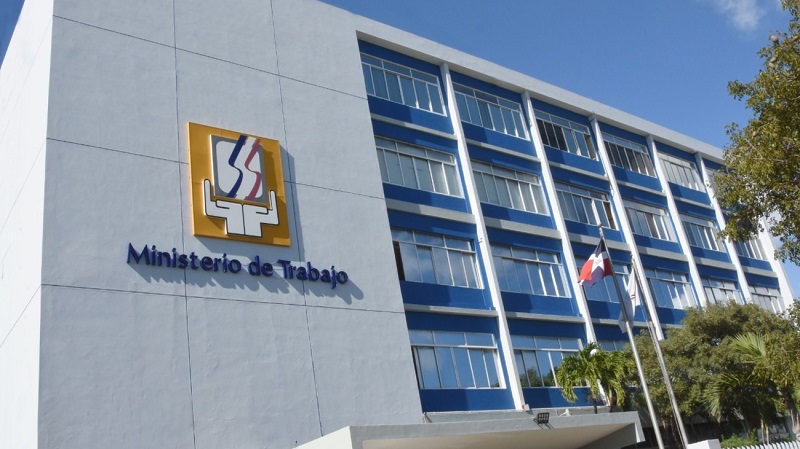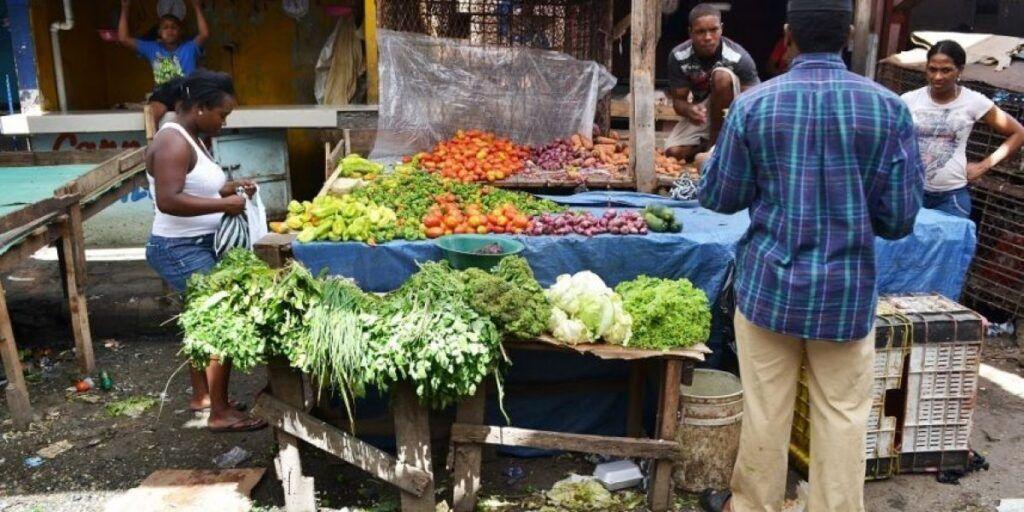Dominican financial system has the lowest default in the region

The Dominican financial system maintains the best credit risk indicators in Central America, according to the Report on Credit in the Dominican Republic, published by the Superintendence of Banks (SB), with data at the end of December 2021.
The document highlights that default was established at 1.29%, with downward behavior over the last 12 months; while the coverage for private overdue portfolio reaches 332.8%, more than three times the 100% required by current regulations.
This means that the provisions support three pesos for each one peso loaned that is past due or in the process of judicial collection, evidencing more than adequate levels of capacity to absorb expected losses.
“At the regional level, the average delinquency is 2.35% and the past due portfolio coverage amounts to 191.5%, which places the Dominican Republic as the country with the lowest delinquency and the highest past due portfolio coverage among its peers,” stated. the Superintendency in a press release. “This occurs in a context of increased credit and resilience of the national financial system, despite the enormous challenge posed by the COVID-19 pandemic to the economy.”
“As of December 2021, the gross loan portfolio of the Dominican financial system amounted to 1.4 trillion pesos, registering a year-on-year growth of 12.1% in nominal terms,” indicates the SB publication.
It adds that a nominal positive growth was observed in all types of loans, highlighting credit cards, which, after the contraction suffered between April 2020 and September 2021, resumed a positive trend in growth, closing 2021 with 5.4%.
At that cut, the real expansion of private credit denominated in Dominican pesos stood at 2.1%.
Credit portfolio
The loan portfolio continues to be the most important component of the system’s total assets, representing 51%. Multiple Banks account for 86.5% of the credit portfolio of the entire system, followed by Savings and Loan Associations, with a 10.6% share. The rest corresponds to Savings and Credit Banks (2.25%) and Credit Corporations (0.01%), according to the report.
Loans to the business sector continue with the largest share, representing 53.6% as of December 2021, while consumer loans (excluding credit cards) and mortgages represented 21.5% and 18%, respectively.
Since March 2020, the exposure in foreign currency has remained below the average of 22.4% registered in the last five years, decreasing its participation from 23.5% in December 2019 to 20.0% at the end of 2021.
For most of 2021, interest rates maintained a structural downward trend, stimulating lending activity during the COVID-19 pandemic.
Viewed by province, 77.4% of the loan portfolio is concentrated in the National District, Santo Domingo and Santiago, the provinces with the largest demographic population. A greater share of the loan portfolio in the northern region stands out, specifically in the provinces of Santiago and La Vega, with this region registering a year-on-year variation of 11.3% at the end of December 2021.






